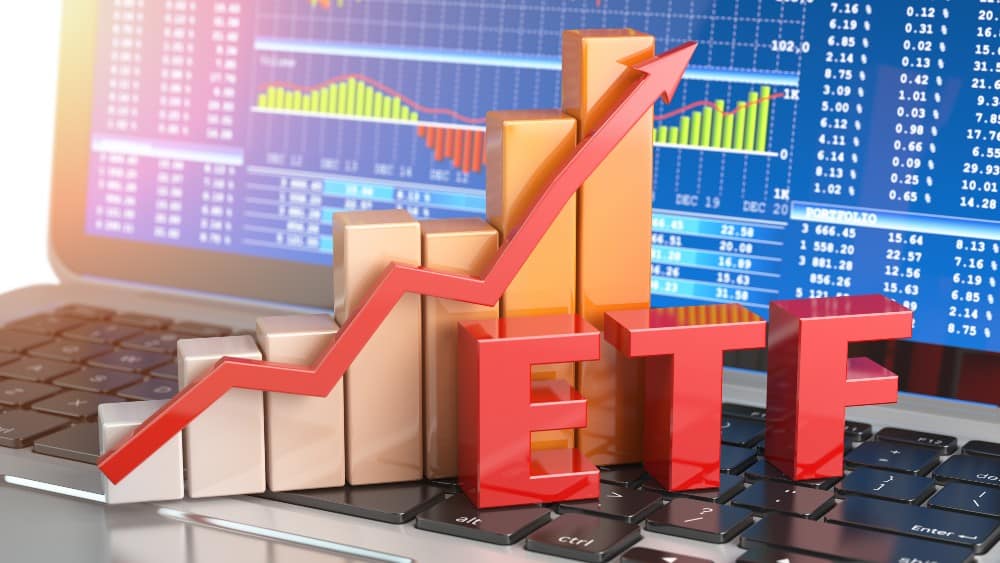One of the most significant commonalities between ETFs and index funds is that they can both be quite affordable, with almost negligible management expense ratios (MERs). However, the cost spread with ETF might be a little more significant than it is with index funds. Some ETFs can be pretty expensive, and even if they don’t reach the level of mutual funds, a 0.6% MER can erode a much more significant chunk of growth than 0.2% MER.
But there are a lot of ETFs with meagre fees and return potential comparable to ETFs that offer similar returns. And there are two such ETFs that deserve to be on your radar.
A TSX composite index ETF
Did you know that just 200 of the top TSX securities make up about 95% of the equity market in the country? And if you want to follow that “diverse” basket of securities, BMO S&P/TSX Capped Composite Index ETF (TSX:ZCN) is an excellent way to go.
The ETF carries a medium-risk rating, and the top 10 holdings (which make up about two-fifths of the ETF weight) include all the top names like Royal Bank of Canada, Brookfield Asset Management, and Enbridge.
The ETF gives you exposure to the TSX, which is a stable enough index to follow. It has returned almost 9% (annualized) for the last 10 years. But the most compelling reason to invest in the ETF would perhaps be its insanely low MER of 0.06%. That’s about $6 on an investment of $10,000 for a year — an amount that you could have grown to about $22,800 if you had invested it in this ETF a decade ago.
A U.S.-oriented ETF
The U.S. stock market tends to be a bit more dynamic and aggressive compared to the Canadian one, and if that’s your cup of tea, you might find iShares Core S&P US Total Market Index ETF (TSX:XUU) more up your pace. In this ETF, your $10,000 would have grown to over $20,000 in just five years. 50.5% of the ETF comprises another Blackrock ETF (Core S&P 500) and 42.8% in an S&P total market ETF.
This has resulted in the top eight holdings under the purview of this ETF being the tech giants in the United States. Berkshire Hathaway takes the ninth spot on the holdings list.
The ETF carries a medium risk rating, thanks to how well spread out it is, but it’s too tightly bound to the U.S. tech sector, and a major movement (either positive or negative) in that particular market segment will reflect in the ETF’s performance as well.
Foolish takeaway
There are a lot of ETFs with fees as low or even lower than the ones these two ETFs come with, but low fees shouldn’t be your primary criteria for choosing an ETF. A high-cost ETF that also offers higher returns might be significantly better than a low-cost, stagnant ETF.










